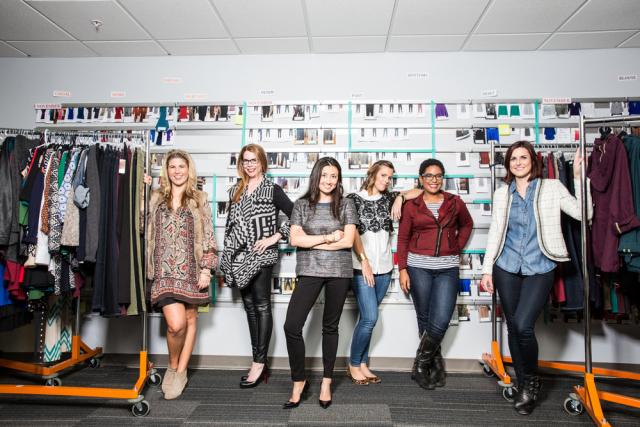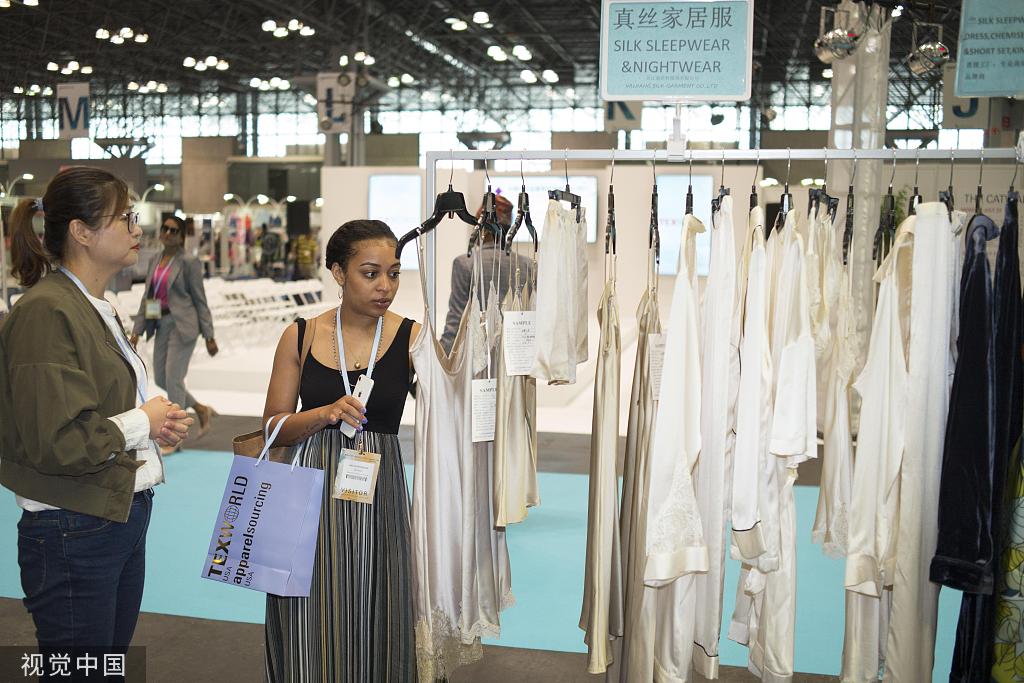Title: An Analysis of the Womens Clothing Industry
Title: An Analysis of the Women's Clothing Industry,The women's clothing industry has undergone significant changes over the years, with technological advancements and shifts in consumer preferences shaping the sector. One major trend is the rise of sustainable fashion, as consumers become more aware of the environmental impact of their purchases and demand ethical production practices. Another trend is the growing popularity of online shopping and e-commerce, as consumers turn to digital platforms for convenience and access to a wider range of products. However, traditional brick-and-mortar stores continue to play an important role in the industry, particularly for high-end and luxury brands. The COVID-19 pandemic has also had a significant impact on the industry, with many retailers struggling to adapt to changing consumer behavior and government restrictions. As the industry continues to evolve, it will be important for companies to balance sustainability, technology, and customer experience to remain competitive and meet the evolving needs of consumers.
Introduction

The women's clothing industry is a significant contributor to the global economy, with a diverse range of products and markets. This industry has evolved significantly over the years, adapting to changing consumer preferences, technological advancements, and market trends. In this analysis, we will examine the key factors that shape the women's clothing industry, including market segments, production processes, distribution channels, and future prospects.
Market Segments
The women's clothing industry can be broadly classified into three primary market segments: mass market, specialty/luxury, and online retail. Mass market apparel accounts for the largest share of the industry, with brands like H&M, Zara, Uniqlo, and Forever 21 dominating the market. These brands cater to a wide range of consumers, offering affordable clothing at accessible price points. Specialty/luxury brands such as Chanel, Gucci, and Louis Vuitton target high-end customers with premium quality products and unique designs. Online retail has also gained significant traction in recent years, with platforms like Amazon, Alibaba, and ASOS offering an extensive selection of fashion items at competitive prices.
Production Processes

The women's clothing production process involves several stages, including design, pattern making, fabric sourcing, sewing, finishing touches, and distribution. The design stage involves creating sketches or digital models to convey the intended look and feel of the garment. Pattern making follows, where the design is translated into detailed instructions for cutting and stitching the fabric. Fabric sourcing is crucial for the quality and sustainability of the product, with brands focusing on ethical sourcing practices and using eco-friendly materials. Sewing involves cutting, stitching, and assembly of various components into a finished garment. Finishing touches may include ironing, trimming, and adding embellishments. Finally, the garments are distributed through various channels, including brick-and-mortar stores, e-commerce platforms, and wholesale distributors.
Distribution Channels
The women's clothing industry relies heavily on effective distribution channels to reach consumers globally. Brick-and-mortar stores remain a critical channel for many brands, offering consumers the opportunity to try on clothes before making a purchase. Additionally, e-commerce platforms such as Amazon, Alibaba, and eBay have disrupted traditional retail by offering consumers greater convenience and access to a wider selection of products. Social media influencers have also emerged as a powerful tool for promoting fashion brands, with many consumers relying on influencers for recommendations and styling ideas. Furthermore, pop-up shops and events have become popular marketing strategies for brands looking to engage with consumers in person.
Future Prospects

As technology continues to advance, the women's clothing industry is set to experience significant changes. Virtual reality (VR) and augmented reality (AR) technologies are already being used by some brands to allow consumers to visualize their outfits before purchasing them. This technology holds enormous potential in helping consumers make more informed buying decisions while reducing the environmental impact of excessive textile waste associated with traditional sampling methods. Moreover, the rise of sustainable fashion has led to a growing demand for eco-friendly and ethically produced clothing items. Brands that adopt sustainable practices and prioritize transparency in their supply chains are likely to gain a competitive advantage in the coming years.
In conclusion, the women's clothing industry is a diverse and dynamic market that offers numerous opportunities for both established and emerging brands. As consumer preferences continue to evolve and technology advances, it is essential for players in this industry to stay ahead of the curve by adapting to these changes and prioritizing sustainability, innovation, and customer satisfaction. With its vast potential for growth and profitability, the women's clothing industry is poised to continue its upward trajectory in the years to come.
Articles related to the knowledge points of this article:
Can Down Be Washed in a Washing Machine?
Title: Unraveling the Mystery of Tie Tying: A Guide to Pronouncing 系领带 in English
Title: Mastering the Art of Knitting a Scarf: A Step-by-Step Guide with Visuals
Title: Mastering the Art of Scarf Combinations: A Visual Guide to Effortless Style



